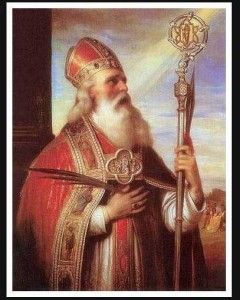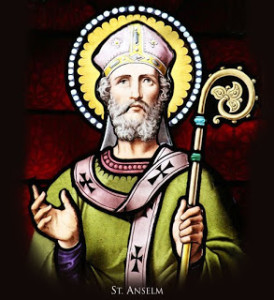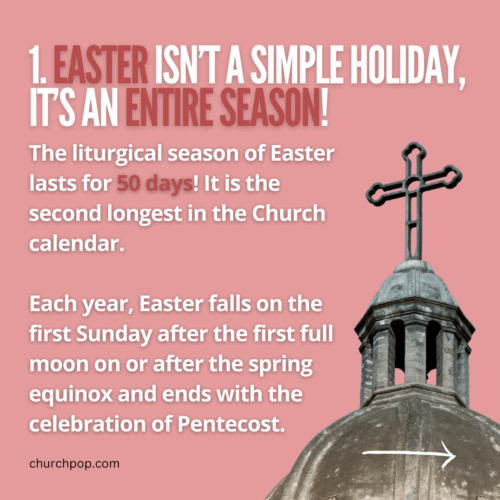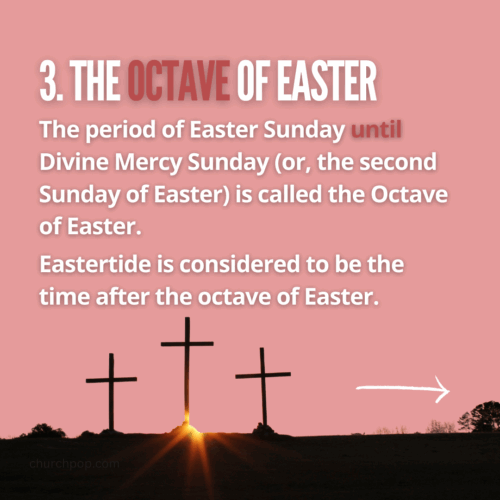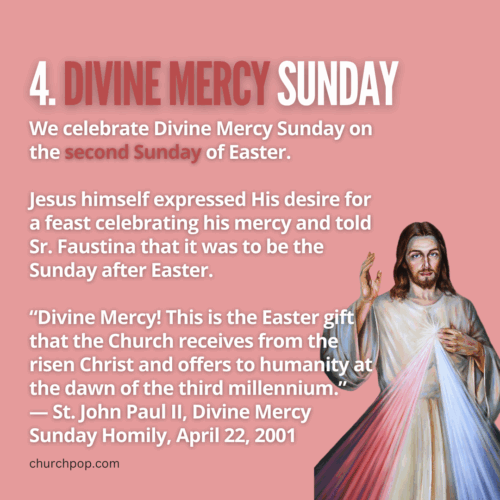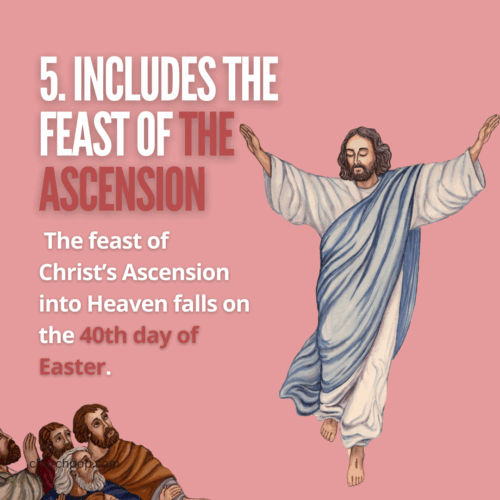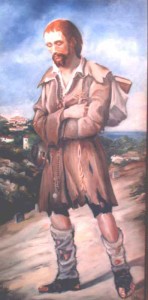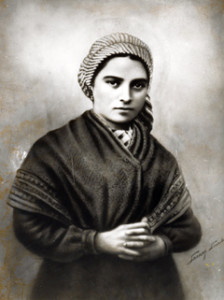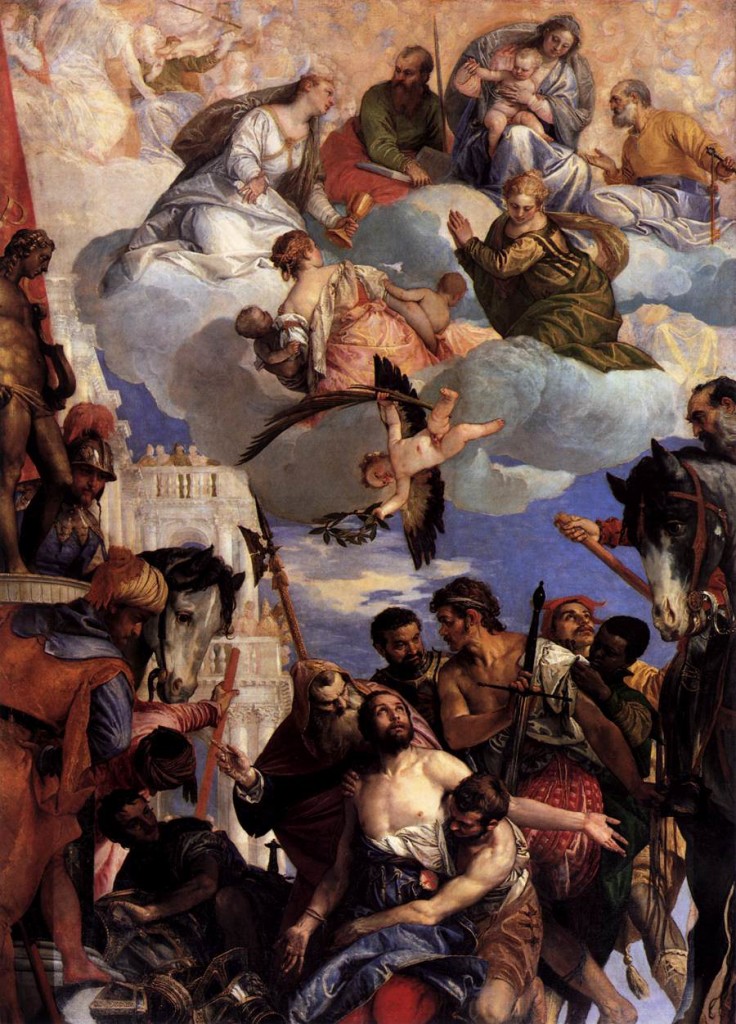 Martyrdom of Saint George (Paolo Veronese 1564)
Martyrdom of Saint George (Paolo Veronese 1564)
Image Courtesy: WikiArt
(EWTN) Born somewhere between 275 and 281 in Bithynia Nicomedia (modern day NW Turkey) George is by far one of the most illustrious martyrs for Jesus Christ. The Greeks have long distinguished him by the title of ‘The Greek Martyr’ and keep his festival a holiday of obligation. To this day, St. George is honored as principle patron by several Eastern nations, particularly the Georgians. The intercession of St. George was implored especially in battles and by Soldiers in the ‘Byzantine Empire’ (330-1453) and its said that St. George himself was a mighty soldier.
There stood formally in Constantinople 5 or 6 Churches dedicated in his honor, Timothy II (1612-1620) rebuilt and enlarged ‘The Church of St. George’ in Istanbul and is open to the public to this date.
The extraordinary devotion to all Christendom to St. George, would seem to evidence how glorious St. George’s triumph and name have always been in the Church.
All of his acts, relate how St. George suffered under the Emperor Diocletian — One account of his martyrdom comes from Ecclesiastical history which relates:
That Diocletian issued an Order to tear down all of the Churches to their foundations and destroy the Sacred Scriptures by fire…a certain man of no mean origin but highly esteemed by his temporal dignities, stimulated by a Divine zeal and excited by an ardent faith, took the Emperor’s Order as it was openly displayed for public inspection and tore it up into shreds. This act so enraged Diocletian, that he had the ‘certain man’ identified by more than one ancient source including Eusebius Bishop of Caesarea (263-339) as St. George though other historians have suggested that this isn’t likely.
St. George is usually depicted in Christian art as a Soldier on horseback killing a dragon with a lance. This image is representative of a popular legend of St. George which first appeared in 1275 in a romance entitled, ‘The Golden Legend’ (from 1470 to 1530 was the most often printed book in Europe) which George saved a town terrorized by a dragon with one blow of his lance. The image however is also and more significantly a powerful symbol of the victory of the Christian faith over evil (sometimes interpreted more contextually in the early Church as ‘Paganism’) personified by Satan who is symbolized by the dragon according to the imagery of the Book of Revelations.
The reason why St. George has been regarded as the Patron Saint of Soldiers is partly upon the score of his profession and partly upon the credit of a relation of his appearing to the Christian Army in the Holy War before the battle of Antioch. The success of this battle proving fortunate to the Christians under the Latin Kingdom of Jerusalem by ‘Godfrey de Bouillion’ made the name of St. George more famous in Europe and disposed of Soldiers more particularly his intercession.
While some Christians dishonor the profession of Soldiers and weaponry, we find the names of more Soldiers recorded in Martyrologies than almost any other profession. Every true disciple of Jesus Christ must be a Martyr in the disposition of ones heart and must be prepared to lose everything and to suffer anything rather than to offend Almighty God.
Every good Christian is also a Martyr by the patience and courage with
which one bears all trials. There is no virtue more necessary,
nor of which the exercise ought to be more frequent than patience–which I often fail, I digress.
In this mortal life we have continually something to suffer from, disappointments, from injustice, irritations, jealously, animosity of others, from ourselves in mental anguish, grief and physical pains. Even our own weaknesses and faults are to us subjects of patience. We likewise have many other burdens both of our own and to others to bear, it is only patience that we are to possess our souls.
By this, it affords us comfort in all of our distress/unhappiness and maintains our souls in unshaken tranquility and peace. This is true greatness of mind and the virtue of an heroic soul…What comfort should we find, what peace should we enjoy, what treasures of virtue should we amass, what a harvest of merits should we reap, if we had learned the true spirit of Christian patience. This is the martyrdom and the crown of every faithful disciple of Jesus Christ.
Related: For Today’s Most Holy Scripture Readings for the Memorial of St. George, Visit: -USCCB
Facing Our Battles With St. George and Mother Elizabeth Ann Seton -Seton Shrine
